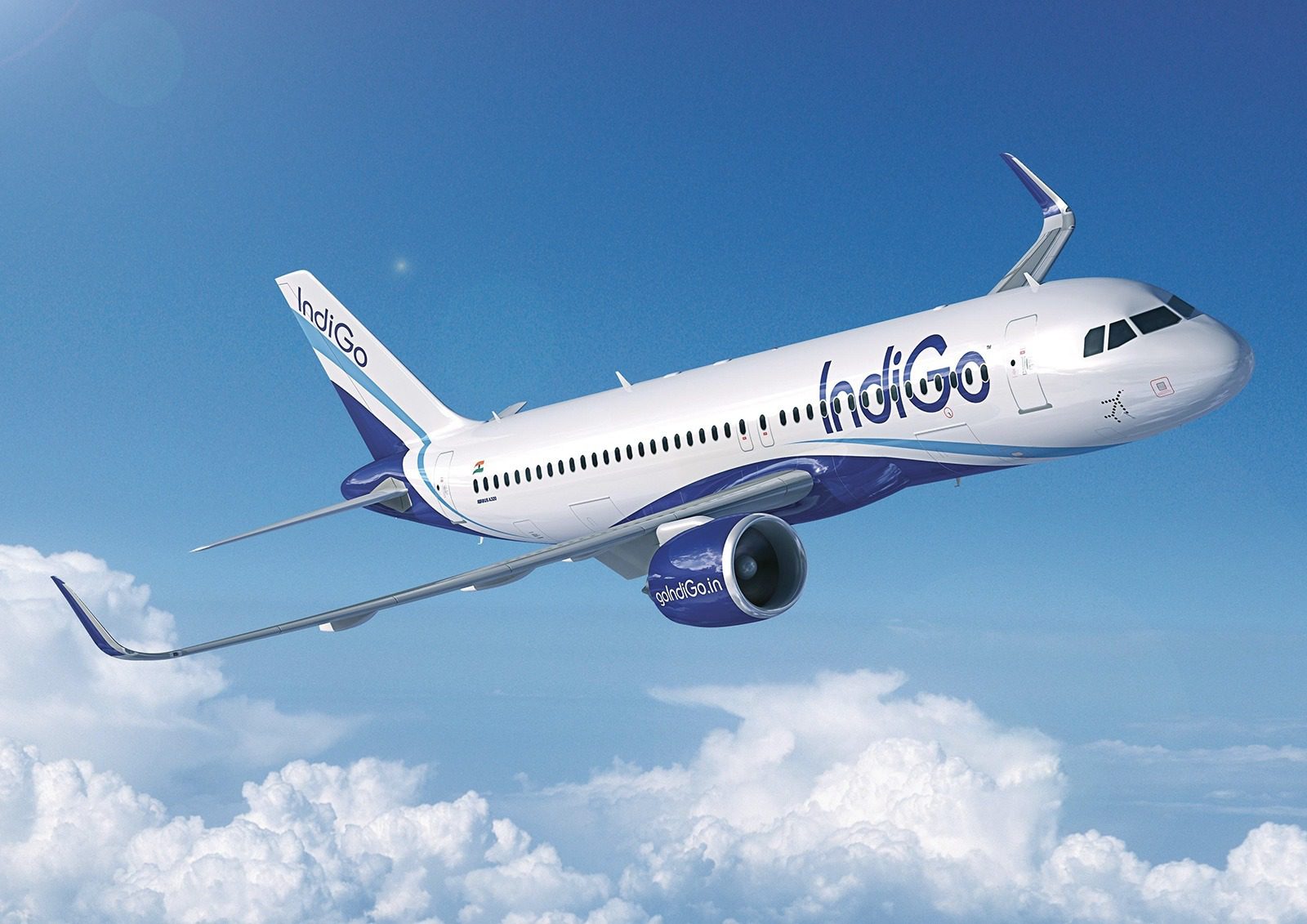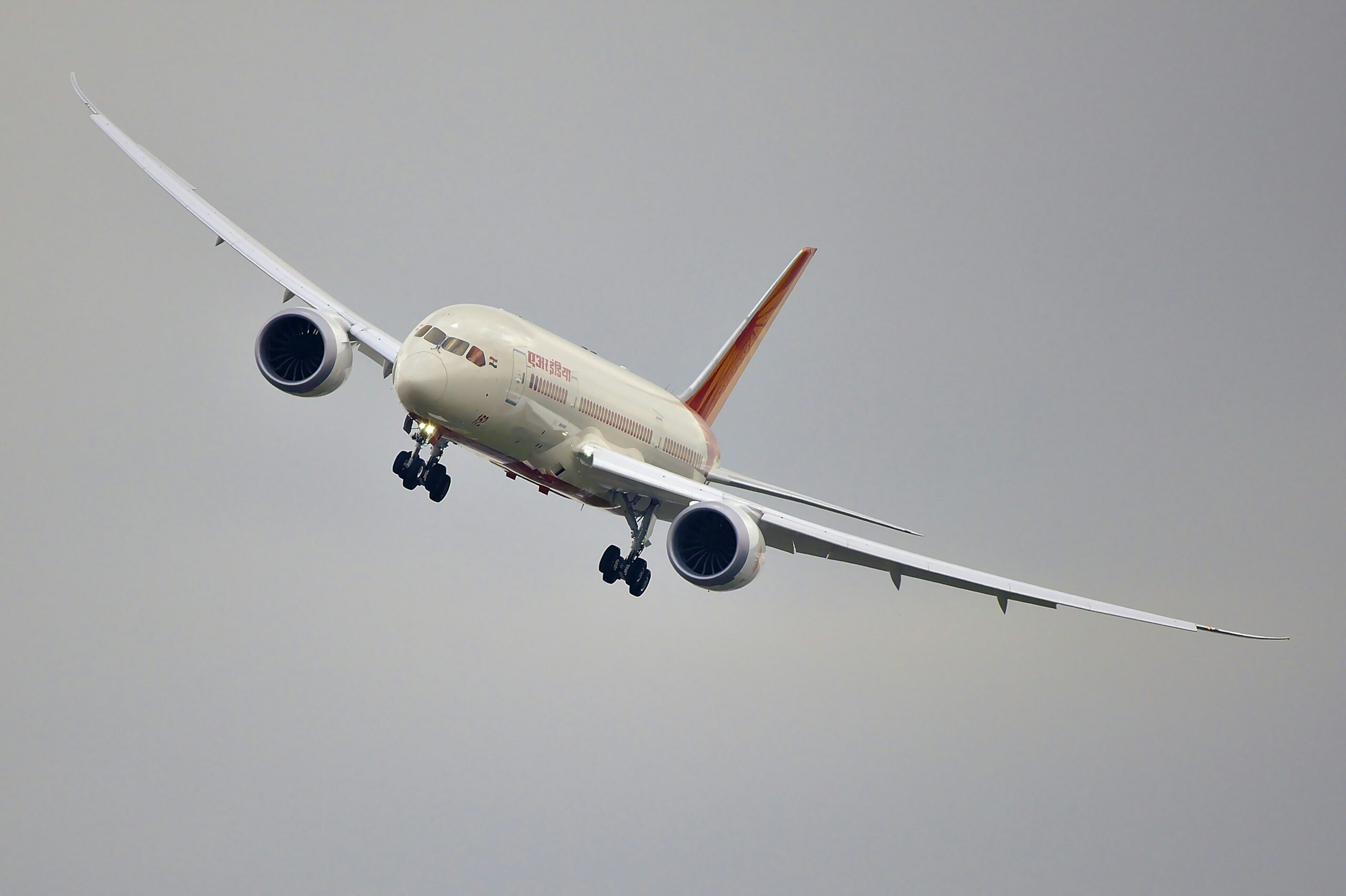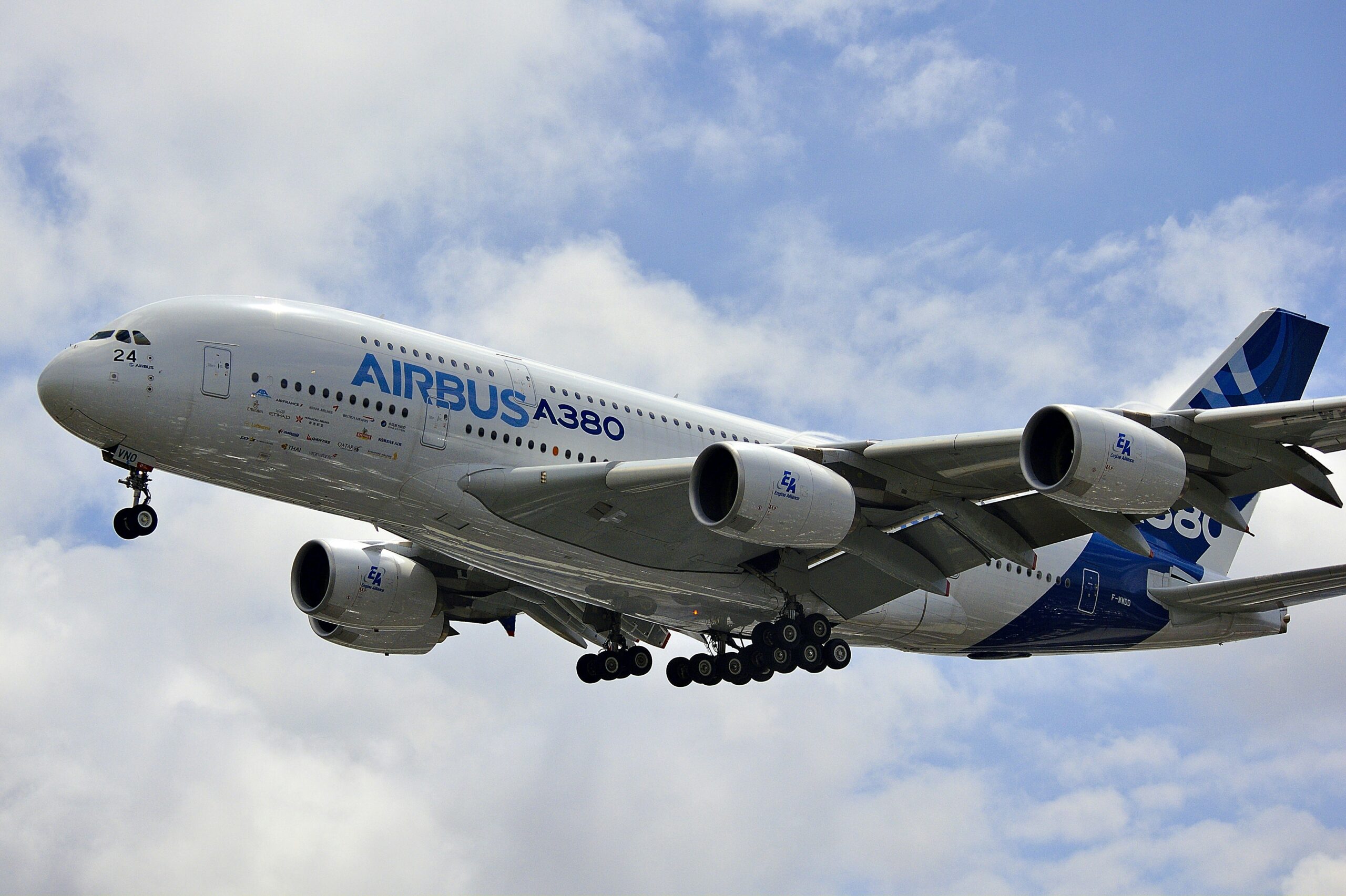The Future of Avionics and Advanced Electronics Systems: Market Trends and Growth Projections
Updated on February 20, 2025
The global avionics and advanced electronics systems market is witnessing remarkable growth, fueled by technological advancements, increased air travel, and the expansion of the global aircraft fleet. According to a report by financial advisory firm Anand Rathi, the market is expected to reach USD 63.34 billion by 2030, nearly doubling from USD 34.9 billion in 2020. This growth is being driven by innovations in avionics, artificial intelligence (AI), and the integration of advanced electronics that enhance aircraft performance, safety, and efficiency.
Key Drivers of Growth in the Avionics Market
1. Increasing Demand for Next-Generation Avionics
The rapid expansion of the aviation sector has led to a growing demand for cutting-edge avionics systems. The integration of AI, machine learning, and IoT in aviation has enabled real-time data processing, predictive maintenance, and automation, making flights safer and more efficient. Avionics advancements such as automated flight control systems, cockpit displays, and advanced navigation tools are playing a crucial role in this growth.
2. Rising Commercial and Military Aircraft Production
The surge in global air travel has pushed airlines to expand their fleets, leading to increased aircraft production. Additionally, growing defense budgets worldwide have fueled investments in military aircraft equipped with advanced avionics. Countries such as the U.S., China, and India are heavily investing in modernizing their air forces, which in turn boosts the avionics and advanced electronics systems market.
3. Expansion of the MRO (Maintenance, Repair, and Overhaul) Sector
The MRO sector plays a crucial role in ensuring aircraft safety, operational efficiency, and regulatory compliance. This sector is projected to reach USD 110 billion globally by 2028, making it a significant contributor to the growth of the avionics market. With the increasing global fleet size, airlines and defense organizations are prioritizing MRO services to extend the lifespan of aircraft and enhance operational efficiency.
India’s Emergence as a Global Aerospace Hub
India is poised to become a key player in the global aerospace industry. Samir Bahl, CEO of Investment Banking at Anand Rathi Advisors Limited, noted, “With the rapid expansion of the global fleet, advanced manufacturing, and a flourishing MRO sector, India is on track to becoming a global aerospace powerhouse.” Several factors contribute to India’s growing prominence in the avionics and aerospace sector:
1. Government Initiatives and Investments
The Indian government has been actively promoting the aviation sector through policies such as “Make in India” and 100% Foreign Direct Investment (FDI) in aviation. These initiatives have encouraged global aerospace companies to set up manufacturing and MRO facilities in India.
2. Growth of Indigenous Aerospace Manufacturing
India’s domestic aerospace industry has been witnessing substantial growth, with major players like Hindustan Aeronautics Limited (HAL) and Bharat Electronics Limited (BEL) leading the way. The development of indigenous fighter jets, unmanned aerial vehicles (UAVs), and advanced avionics systems is positioning India as a key aerospace manufacturing hub.
3. Rising Demand for Skilled Workforce
As India emerges as a global aviation hub, the demand for skilled engineers, technicians, and software developers specializing in avionics and aerospace technology is increasing. Institutions and universities are focusing on aerospace education and training programs to bridge the skill gap in the industry.
Technological Advancements in Avionics
1. AI and Predictive Maintenance
Artificial Intelligence (AI) is transforming avionics by enabling predictive maintenance, reducing downtime, and minimizing operational costs. AI-driven analytics help identify potential failures before they occur, ensuring optimal aircraft performance.
2. Internet of Things (IoT) in Aviation
IoT is revolutionizing aircraft monitoring and real-time data collection. Smart sensors provide critical information about engine health, fuel efficiency, and system performance, improving safety and reducing maintenance costs.
3. Enhanced Cybersecurity Measures
With increased digitalization, cybersecurity has become a top priority in aviation. Advanced cybersecurity solutions are being implemented to protect avionics systems from cyber threats, ensuring safe and secure operations.
Challenges Facing the Avionics Market
Despite the optimistic growth projections, the avionics industry faces several challenges:
1. High Development and Integration Costs
The development and integration of advanced avionics systems require significant investments. The high costs of research, testing, and certification pose a challenge for smaller players in the industry.
2. Regulatory Compliance and Certification
Aviation authorities, including the Federal Aviation Administration (FAA) and the European Union Aviation Safety Agency (EASA), impose strict regulations on avionics systems. Compliance with these regulations can be time-consuming and costly.
3. Supply Chain Disruptions
Global supply chain disruptions, exacerbated by geopolitical tensions and the COVID-19 pandemic, have impacted the production and delivery of avionics components. Companies must develop resilient supply chains to mitigate these challenges.
Future Outlook and Market Opportunities
The avionics and advanced electronics systems market is set for robust growth, driven by technological innovations and increasing demand for modern aircraft. Key trends shaping the future of the industry include:
- Sustainable Aviation Technologies: Development of fuel-efficient avionics and electric aircraft components to reduce carbon emissions.
- Urban Air Mobility (UAM): Growth in eVTOL (electric vertical takeoff and landing) aircraft for urban transportation.
- Autonomous Flight Systems: Advancements in AI-driven autonomous flight technology for commercial and military applications.
Conclusion
The global avionics and advanced electronics systems market is on an upward trajectory, with expected growth reaching USD 63.34 billion by 2030. The expanding MRO sector, advancements in AI and IoT, and India’s emergence as a major aerospace hub are driving this growth. While challenges such as high costs and regulatory compliance persist, ongoing innovations and investments will shape the future of the industry, making air travel safer, more efficient, and technologically advanced. As the aviation sector continues to evolve, companies investing in avionics and advanced electronics will be at the forefront of this dynamic and rapidly growing market.
A passionate explorer and storyteller at heart, the author of TrendyTravelNews.com brings you the latest travel trends, destination guides, and insider tips from around the globe. From hidden gems to headline destinations, they’re on a mission to make your travel experiences smarter, richer, and more memorable.
Read Next
Discover more from Trendytravelnews
Subscribe to get the latest posts sent to your email.








